Tokyo Roses: A History & Growing Guide
Let These All-Season Japanese Beauties Light Up Your Garden
Get to know some of the most beautiful made-in-Japan roses as well as the history of roses in Japan.
Want some stunning rose blooms on your own balcony? Read on for some tips for growing rose bushes (stock up on insecticide and specially curated rose soil!) and some top sellers of Japanese rose cultivars online.
Japanese Roses: A History
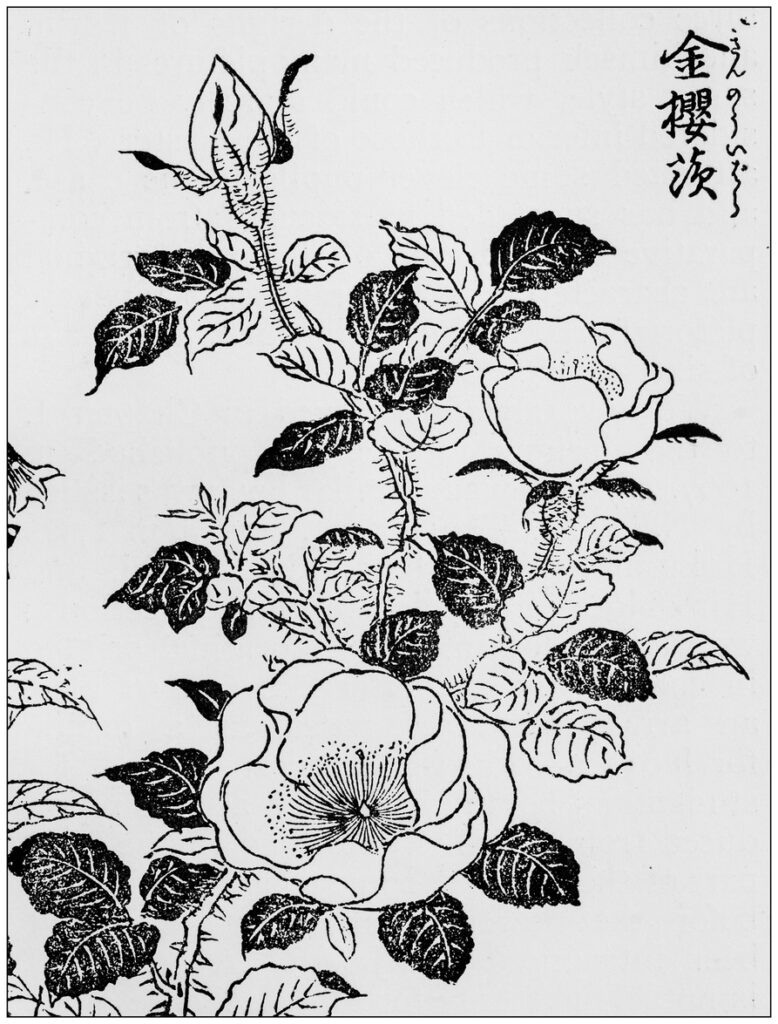 © Photo by iStock: ilbusca
© Photo by iStock: ilbuscaRoses in Japan have an illustrious history. In fact, although Europe was likely the first to cultivate roses as we know them today, their place of origin is thought to be in Asia. As such, Japan has its own variants of wild and cultivated roses suited to its unique climate and culture. The first mention of (likely wild) roses in recorded Japanese history is in the 700s in the Hitachi Fudoki and the Manyoushuu book of poetry. Although gardening was far from the most common pastime for the average person, roses still often made appearances in art, literature and historical records throughout the ages. For example, roses are featured in the Heian era’s hit novel, The Tale of Genji!
The Showa era was an especially fruitful time for the proliferation and popularization of roses in the country. The postwar period saw the beginnings of the first rose exhibitions, featuring cut flowers, and rose societies, like the Nihon Bara Kai (Japan Rose Society) founded in 1948. Perhaps no history of roses in Japan would be complete without mentioning the tremendous influences of the Keisei Rose Research Institute and its founder, known as Mister Rose, Suzuki Seizo. In celebration of the Tokyo Olympics (1964), he created the rose Seika (Olympic flame) which went on to win first prize in an international competition in New Zealand. This flower introduced Japanese roses to an international audience as it began being placed in nurseries worldwide. Follow this link to see for yourself some of the beautiful roses that Mr. Suzuki created and cultivated.
Today, as well, as my recent trip to a home center to buy a new rose plant suggests, Keisei roses, as well as Kawamoto brand roses from the Kawamoto Rose Garden, continue to dominate the domestic market for Japanese roses with their lovely colors and fragrances. Don’t miss a chance to see a wide variety of spectacular rose cultivars in the best rose gardens near Tokyo.
Coming Up Roses: Japanese Cultivars
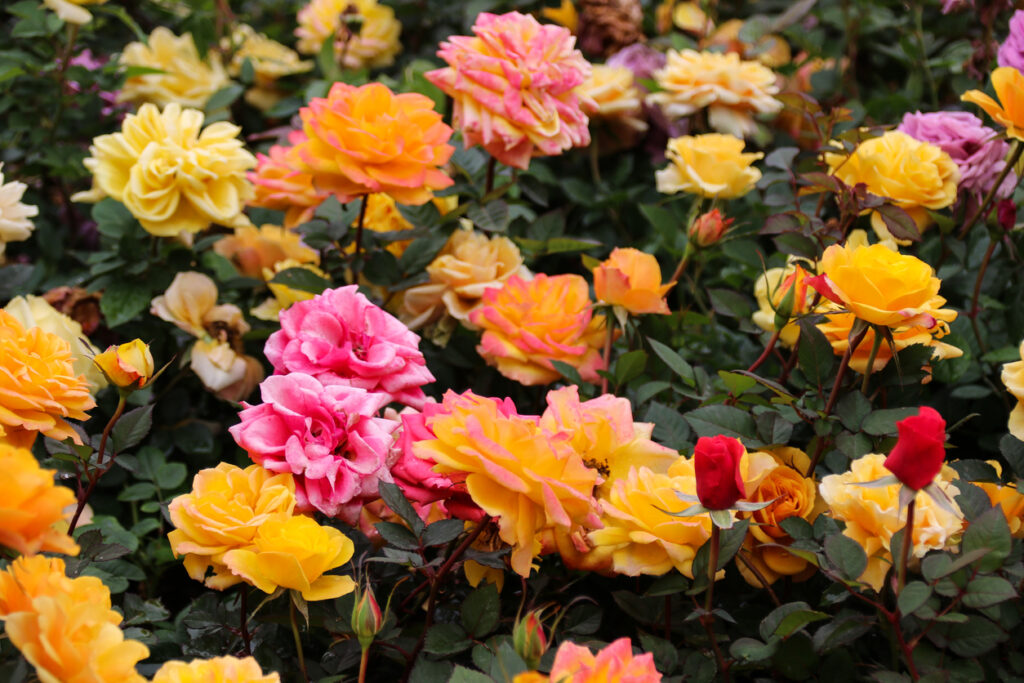 © Photo by iStock: kuenlin
© Photo by iStock: kuenlinThe following roses are made-in-Japan hybrids and, as such, are especially well suited to the environment here. They would be an excellent addition to your balcony garden!
- Kashou: a light pink and strongly scented rose
- Koikirara: a hearty light yellow rose with few thorns
- French Cancan: a frilly dark pink rose that can bloom from spring into fall
- Libelulla: a lilac-colored rose with crimped petals that flare out like butterflies
- Mayo: a dark red rose with a strong fragrance
While Japanese roses can be found just about anywhere that sells plants, especially before and during their blooming seasons in spring and fall, the following online stores, such as the aforementioned Keisei Rose and Kawamoto Rose garden stores, also ship domestic cultivars to the Tokyo area.
Roses: Growing Tips and Tricks
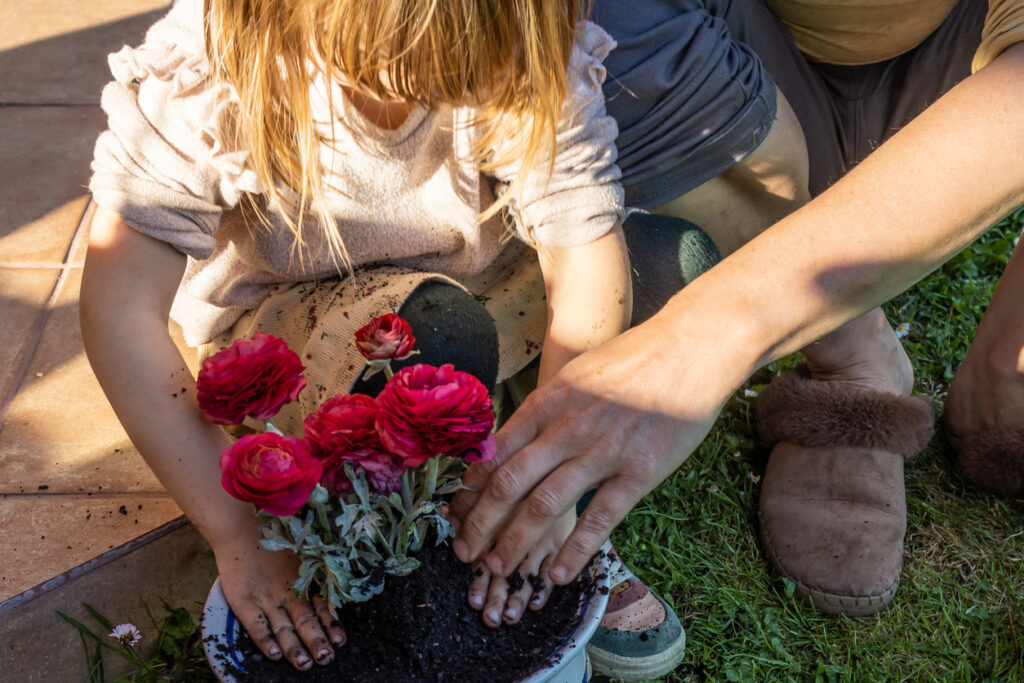 © Photo by iStock: Magove
© Photo by iStock: MagoveWhen growing roses, especially in planters, there are several important things to consider. While roses are an indigenous plant here and are showstoppers when successfully grown, they are also not the most unfussy of plants. Below, we’ve rounded up some advice to help you successfully care for these beauties!
1. Choose the right pot size
Pots should be roughly the same size as your rose’s root mass, but you can always use larger pots than required so the plant has more room to grow and the soil is less likely to dry out.
2. Plant in loamy soil
Roses need rich, well-draining potting soil. If you’re unsure about how to choose then try using rose-specific soils because they are specially formulated to provide all of the nutrients your plant needs.
3. Provide enough sunlight
Roses need ample sunlight, around six hours a day, but they do not enjoy strong and direct sunlight during Japan’s summer months as this stresses the root system. As such, we recommend providing shelter for your roses from the intense summer sun by using a screen or moving them to a more shaded location.
4. Water frequently
Roses are best when watered regularly, but not waterlogged, as this will lead to root rot. Luckily if you use well-draining soil, then you can usually avoid this problem. To avoid drying out your rose plants, it is best to water them thoroughly when the soil feels dry. Especially during the hot Japanese summer, you will likely need to water daily.
5. Fertilize regularly
If you want to have frequent and long-lasting blooms, plant your roses in appropriate rose potting soil from the start that includes slow-release fertilizer, then follow up with regular liquid fertilization, about once every four to six weeks.
6. Overwinter properly
Rose plants are dormant during the winter. To promote growth in the new year, we recommend cutting the rose stalks down to about 30 centimeters for larger varieties in the late fall. Also, roses don’t tolerate freezing temperatures. To combat this, you can either bring them inside if space allows or wrap them in jute cloth or a woven polypropylene sheet (such as the material used to make “leisure sheets” in Japan) outside.
7. Inspect your roses often
These bright and beautiful flowers unfortunately attract many unwanted insects and diseases, such as aburamushi (aphids), koganemushi (Scarab beetles) and kurokabi (black mold). Dealing with these pests quickly is vital to ensure the plant’s survival. I can attest that this brand of insecticide will do the trick!
Have you ever grown roses in Japan? Know any particularly easy-to-grow cultivars? Let us know below!












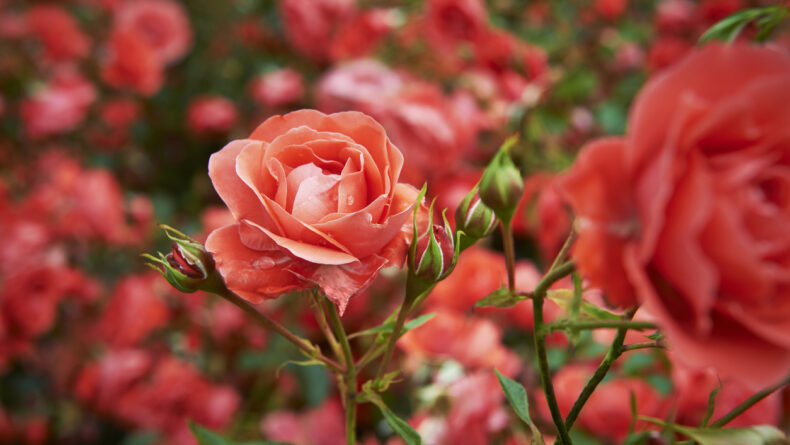
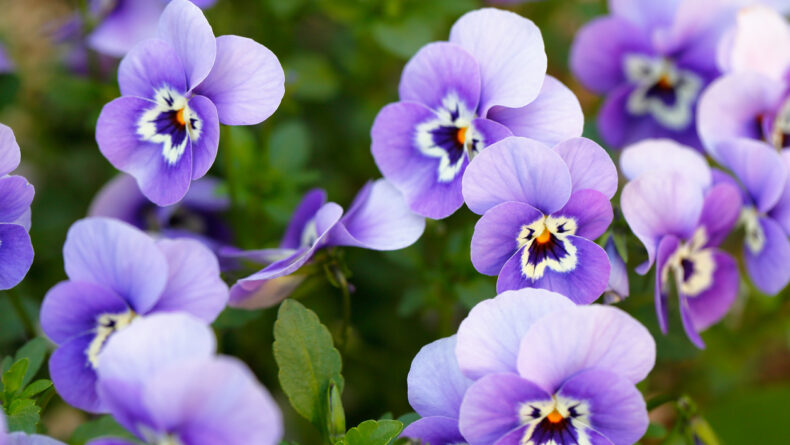
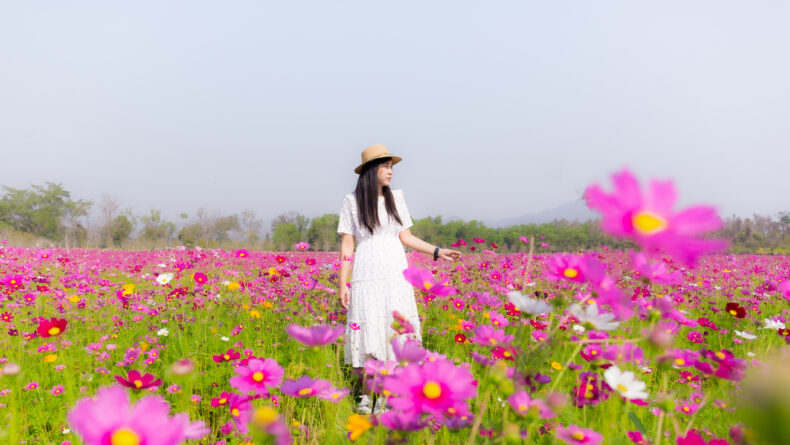
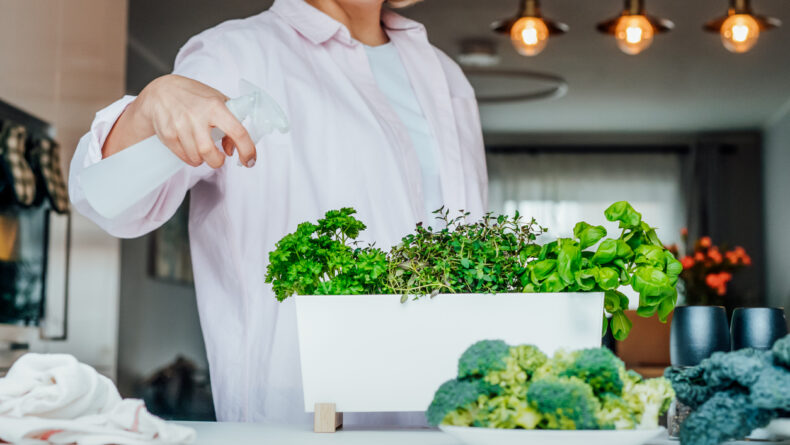
Leave a Reply